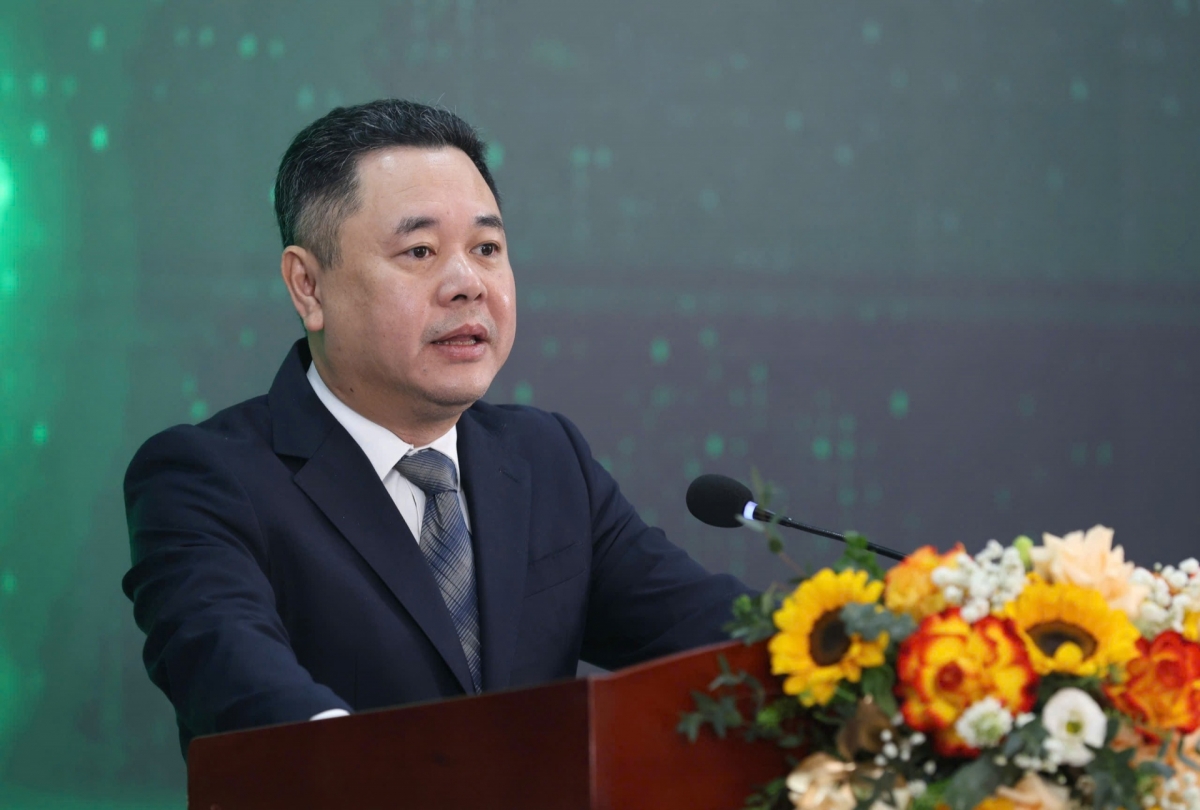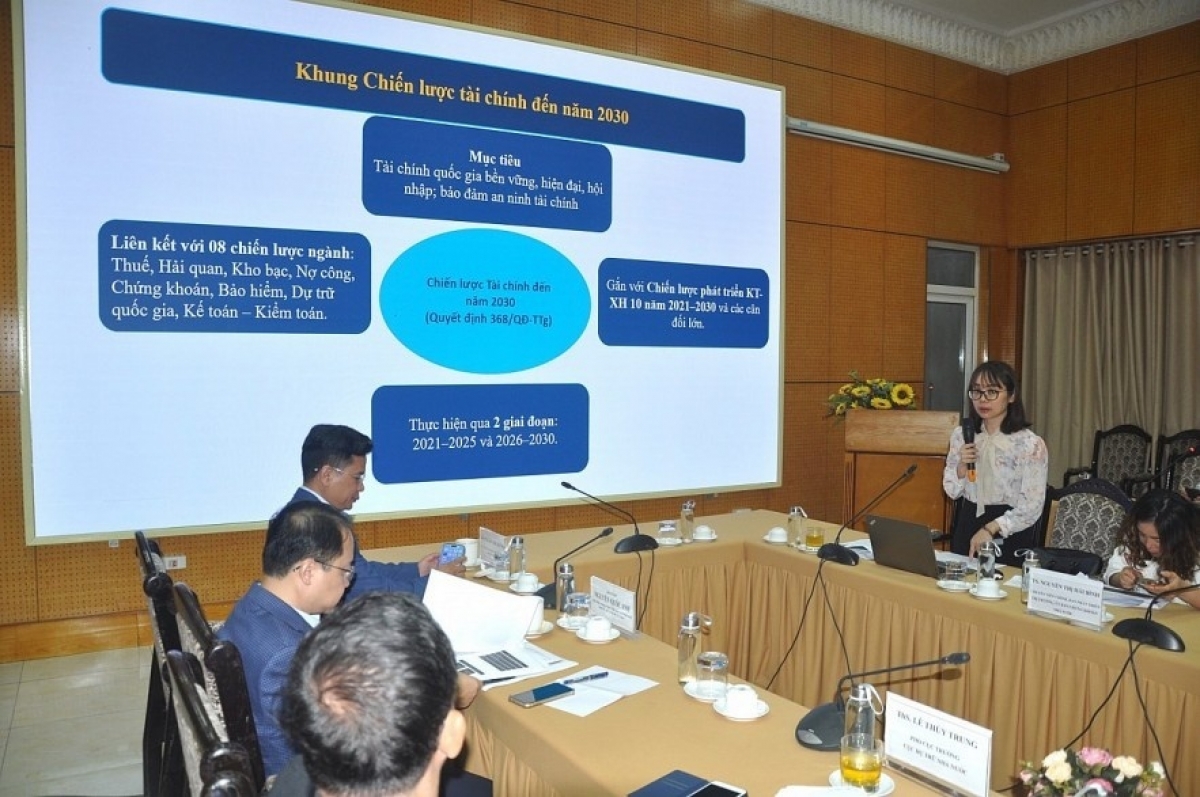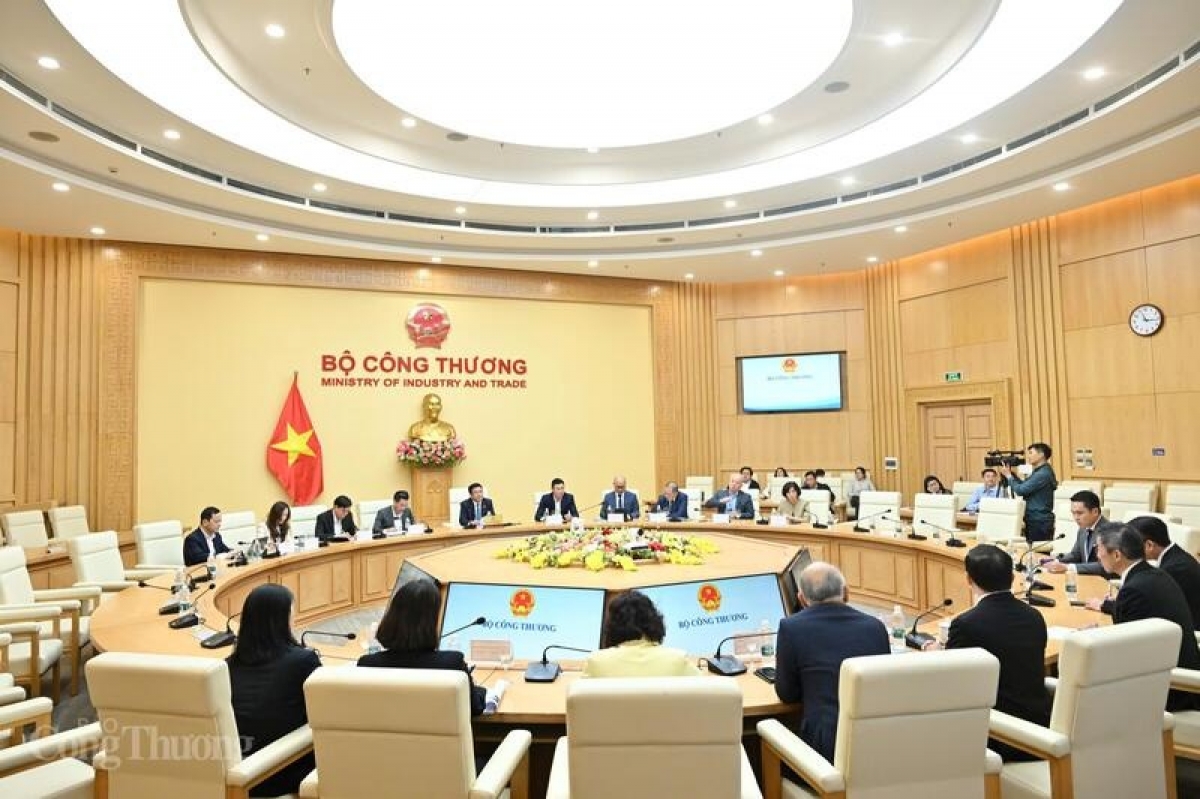INTERNATIONAL INVESTMENT
AND PORTAL
In Resolution No.1/NQ-CP dated January 6 on socioeconomic development, state budget estimates, and improvement of the business climate, Prime Minister Pham Minh Chinh ordered that the government will have to drastically implement a shift of the nation’s energy structure with a focus on reducing carbon emissions, so that Vietnam can reach carbon neutrality by 2050.
“It is a must to drastically carry out strategies on response to climate change. Efforts are to be made to complete mechanisms and policies to attract investment sources and welcome assistance capital from international partners within the Just Energy Transition Partnerships (JETP) with G7 and other international partners in the sectors of clean and renewable energy and green transformation,” said Resolution 01.
“It is also a must to research, formulate, and approve new policies in energy development, especially renewable energy, in line with the nation’s goals and in line with existing legal regulations,” the resolution stressed. “Besides that, the government will develop a smart power grid capable for regional connectivity, ensuring safe and effective operations of the national power transmission system.”
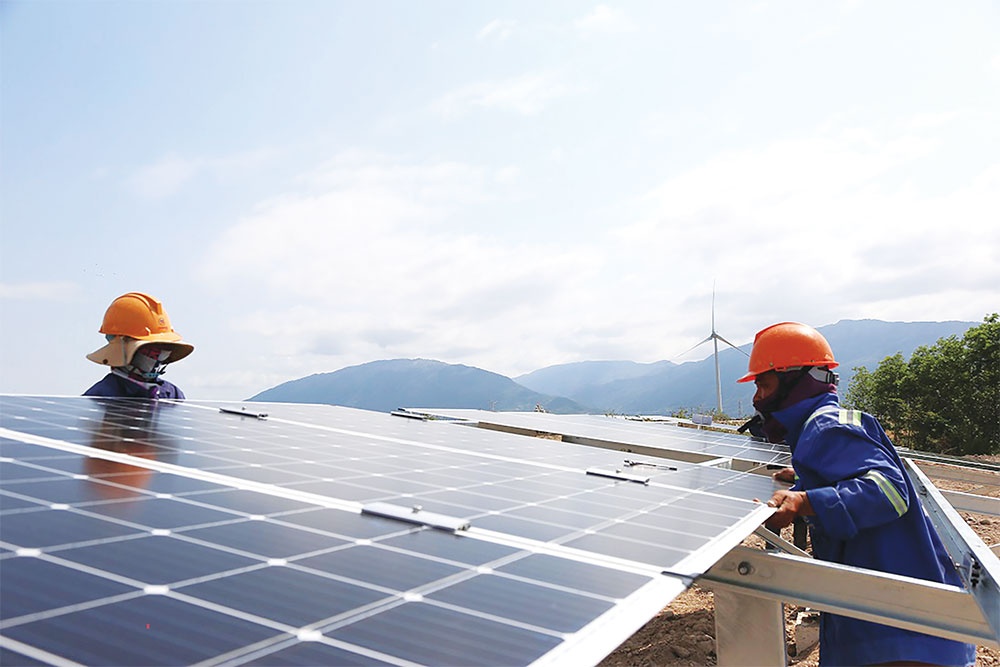 Resource mobilisation at top of agenda for net-zero dream, Photo Le Toan
Resource mobilisation at top of agenda for net-zero dream, Photo Le Toan
Fuelling efforts
According to the World Bank Group, to ensure sufficient funding for responding to climate change, mobilising domestic finance is possible but external support will be needed.
Overall, Vietnam’s total incremental financing needs for the resilient and decarbonising pathways could reach $368 billion between now and 2040, or approximately 6.8 per cent of GDP per year. The resilient pathway alone will account for 4.7 per cent of this amount as substantial financing will be required to protect the country’s assets and infrastructure as well as vulnerable people, the World Bank Group said in a study released last July.
The cost of the decarbonising pathway will be worth 2.1 per cent of this amount, mainly coming from the energy sector – investments in renewables and managing the transition away from coal might cost around $64 billion by 2040. All the figures are in net present value terms at a discount rate of 6 per cent.
This $368 billion in financing needs will include $184 billion from private investments or about 3.4 per cent of GDP annually, $130 billion or about 2.4 per cent of GDP annually from the state budget; and $54 billion or about 1 per cent of GDP per year from external sources.
Last December, the European Commission (EC) announced that leaders from Vietnam and the International Partners Group (IPG), including the EU, the United Kingdom, the United States, Canada, Japan, and others agreed on a bold JETP worth $15.5 billion.
“The partnership will support Vietnam to deliver on its ambitious net-zero 2050 goal, accelerate the peaking of its greenhouse gas (GHG) emissions and transition away from fossil fuels to clean energy,” said an EC press release. “The JETP will mobilise an initial $15.5 billion of public and private finance over the next three to five years to support Vietnam’s green transition.”
The partnership will assist Vietnam in working towards some new targets, including advancing the projected peaking date for all GHG emissions in Vietnam from 2035 to 2030; reducing peak annual power sector emissions by up to 30 per cent, from 240 to 170 megatonnes, and bringing forward the peaking date by five years to 2030; limiting Vietnam’s peak coal capacity to 30.2GW down from a current planning figure of 37GW; and accelerating the adoption of renewables so that renewable energy accounts for at least 47 per cent of electricity generation by 2030, up from the current planned generation share of 36 per cent.
Initial contributions to the Vietnam JETP include $7.75 billion in pledges from the IPG together with the Asian Development Bank and the International Finance Corporation. This is supported by a commitment to work to mobilise and facilitate a matching $7.75 billion in private investment from an initial set of private financial institutions coordinated by the Glasgow Financial Alliance for Net Zero.
Within 2023, Vietnam will work with the support of partner countries to develop and adopt the Vietnam JETP Resource Mobilisation Plan, which will enable the implementation of the JETP funding and strategy.
Vietnam is the third country to launch a JETP, following the successful launch of a South African equivalent at COP26 and an Indonesian one at last year’s G20 summit. “As a rapidly growing economy, Vietnam’s JETP will demonstrate that economic growth can be decoupled from fossil fuel energy consumption,” the EC said.
Proposals
According to the EC, in order to benefit from the $15.5 billion assistance, Vietnam would need to continue its work to improve regulatory frameworks to expand both public and private investment into the country. This work should focus on renewable energy and the just energy transition, including measures to improve energy efficiency and strengthen the electricity grid in Vietnam, contributing to the achievement of the targets stated in the National Strategy on Climate Change to 2050 and Vietnam’s Nationally Determined Contribution.
Vietnam has been required to “develop and publish a mobilisation plan by November 2023 to identify the new investment requirements and opportunities – for the development and implementation of wind, solar, transmission, energy efficiency, storage, electric vehicles, training, retraining and vocational support for employment among others - and measures to facilitate the deployment of support and overcome barriers to investment, to deliver Vietnam’s just energy transition.”
According to the United Nations Development Programme (UNDP), conservative estimates suggest that Vietnam will need to mobilise something like an additional $15 to 30 billion per year - that is, investment over and above normal levels of investment - to achieve the net-zero target and sustain rapid economic growth.
Although Vietnam’s financial system is more developed and diverse, the absence of deep and liquid secondary markets constrains the availability of long-term financing. As recent events in the bond market have shown, governance, corporate disclosure and accountability are key constraints on the development of active secondary markets.
Proactive policies are needed to remove these and other obstacles to increase the supply of long-term domestic financing for the energy transition and other uses.
“Vietnam is currently included in the list of ‘priority for energy cooperation’ and is in discussions with countries around the world on various international climate finance mechanisms in support of the energy transition,” said Nguyen Thi Hoang Yen, deputy director of the Department of Science, Education, Natural Resources and Environment under the Ministry of Planning and Investment.
“However, the fund that countries donate to Vietnam will only be a small part in the path of economic growth and energy transition. We need to strengthen domestic financial institutions to ensure financing for businesses, investing in socioeconomic development projects, investing in projects for energy transition in the medium and long term,” Yen said.
Thomas Marois, political economist at SOAS University of London, made the case for establishing a new Vietnam climate bank to drive a green and just transition. “A Vietnam climate bank can be a legacy institution, it can be a gift to the future by ensuring a green and just future,” he said. “There is a need to get the mandate right - a green and just mandate with public purpose. To be credible and effective, a Vietnam climate bank needs a representative board of governors”.
Ramla Khalidi, resident representative of the UNDP in Vietnam, also suggested, “For an economy like Vietnam, international financing will at most provide a supplemental source of capital. Most of the investment requirements will have to be met by domestic sources. As such, increasing the capacity of domestic financial institutions to mobilise long-term capital is at the core of climate transition”.
According to the UNDP, Vietnam’s landmark commitment to net-zero carbon emissions by 2050 is “bold and visionary”. In making this public commitment, the government recognised that the conversion from fossil fuels can deliver tangible economic benefits. There is now evidence that the transition to renewable energy will create more jobs than it destroys.
However, the UNDP warned that the scale of the challenge facing Vietnam embarking on the journey to net-zero carbon emissions should not be underestimated. “Reducing dependence on fossil fuels will affect every sector of the economy, from power generation to agriculture, construction, manufacturing, and transportation,” said a UNDP press release last month.
 Green finance and technology solutions for net-zero emissions
Green finance and technology solutions for net-zero emissions
As climate change has become a serious international issue, many countries have taken action to reduce greenhouse gas emissions and achieve net-zero emissions by 2050. In Vietnam, the government has made a tremendous effort to combat climate change by ratifying the Paris Climate Agreement in 2016, pursuing the National Green Growth Strategy for 2021-2030, and implementing the Law on Environmental Protection which came into effect at the beginning of 2022.
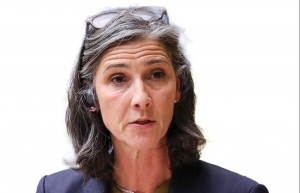 How Vietnam can utilise wide-ranging climate finance
How Vietnam can utilise wide-ranging climate finance
The government’s landmark announcement in 2021 that Vietnam will achieve net-zero carbon emissions by 2050 and phase out coal power by the 2040s was both bold and visionary. It marks a significant milestone in the country’s development trajectory.
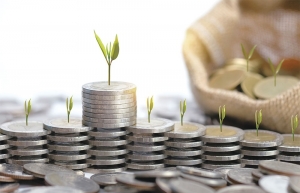 Billion-dollar challenge begins to establish a greener Vietnam
Billion-dollar challenge begins to establish a greener Vietnam
To follow suit with its previous net-zero carbon commitments and accelerate the energy transition towards green and sustainable sources, Vietnam is now making long-term planning to use public and private finance for the energy transition.
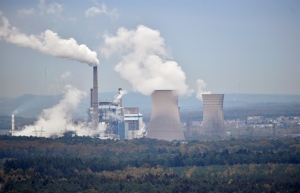 Financing's role in reaching net-zero emission
Financing's role in reaching net-zero emission
Reducing emissions becomes the priority mission for all countries in the world and the lodestar for investment trends


